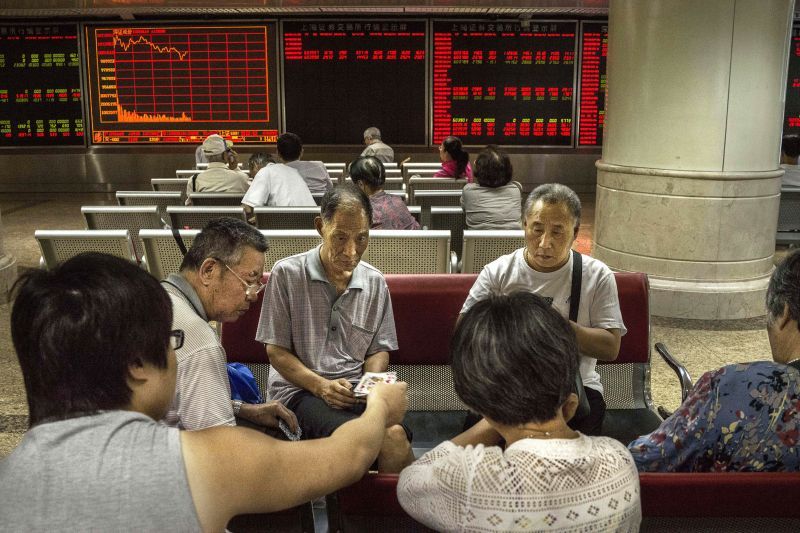
China will suspend the newly implemented circuit breaker rules for the Shenzhen and Shanghai stock exchanges that came into place this week, as of Friday.
On Thursday the circuit-breaker system kicked it when the index fell by 7 percent within minutes of the bourse opening.
Share Cast reports:

BYPASS THE CENSORS
Sign up to get unfiltered news delivered straight to your inbox.
You can unsubscribe any time. By subscribing you agree to our Terms of Use
The new circuit breakers, which kicked in on Monday, have been criticised by analysts for exaggerating declines as investors rush to exit positions before getting locked in by the halts.
Market participants said the move was good news as it removed the element of fear from trading.
“At last, some positive news out of China. The authorities seem to be learning the lesson that it’s better to let the markets do their thing rather than micro-manage,” said SpreadCo analyst David Morrison.
“Trading halts can actually exacerbate downside moves as would-be buyers are unable to come in and buy beaten-up stock. Rather, the halts add to panic as investors line up to sell to avoid being repeatedly locked out of the market. There can be little doubt that a 7% circuit-breaker was too tight for the volatile Chinese markets. However, it’s unlikely that this will magically calm them, but at least we’ll find out where the bottom is sooner.”
The circuit breaker mechanism was triggered twice this week, first on Monday and earlier on Thursday, after the CSI 300 index fell more than 7%.
Cutting off the halting mechanism is meant to “keep the markets stable,” reports CNBC:
Under the system, if an index rose or fell 5 percent, trading was halted for 15 minutes. If it dropped by 7 percent, trading stopped for the rest of the day.
Concerns exist that the limit for halting may not have been wide enough. For instance, the S&P 500 will only stop trading for the day in the United States if it plunges 20 percent.
“They’re just learning their way around the market and they set the circuit breakers too tight,” said John Rutledge, chief investment strategist at Safanad, on CNBC’s “Squawk Alley.”
Circuit breakers were among multiple methods regulators have used to curb volatility. Last year, Chinese regulators limited the number of futures contracts traders could hold, potentially limiting their ability to hedge.
They also placed restrictions on sales by large shareholders last year. Those curbs will loosen in the coming days, and large shareholders will be allowed to sell a maximum of 1 percent of company shares every three months.
Edmondo Burr
CEO
Assistant Editor
Latest posts by Edmondo Burr (see all)
- Police Arrest Suspect In Supermarket Baby Food Poisoning - October 1, 2017
- Seoul Secures Data From Electromagnetic Interference By N Korea - September 30, 2017
- The ‘World’s First Internet War’ Has Begun: Julian Assange - September 30, 2017


Be the first to comment